A play on the words CITY and SEATING, Savio Firmino and Cosimo de Vita’s CITYNG series of chairs take you on a tour around the world. The backrests on each of the chairs pay tribute to 16 different iconic monuments across cities like Rome, Paris, Barcelona, Moscow, Petra, New York, Agra, etc. By immortalizing these architectural marvels in his furniture series, designer Cosimo de Vita hopes that each chair becomes a symbolic representation of its monument and location’s cultures and traditions. Lined together the chairs capture the multicultural beauty of history and architecture in one single photo, presenting an incredibly diverse skyline of the world’s architectural wonders.
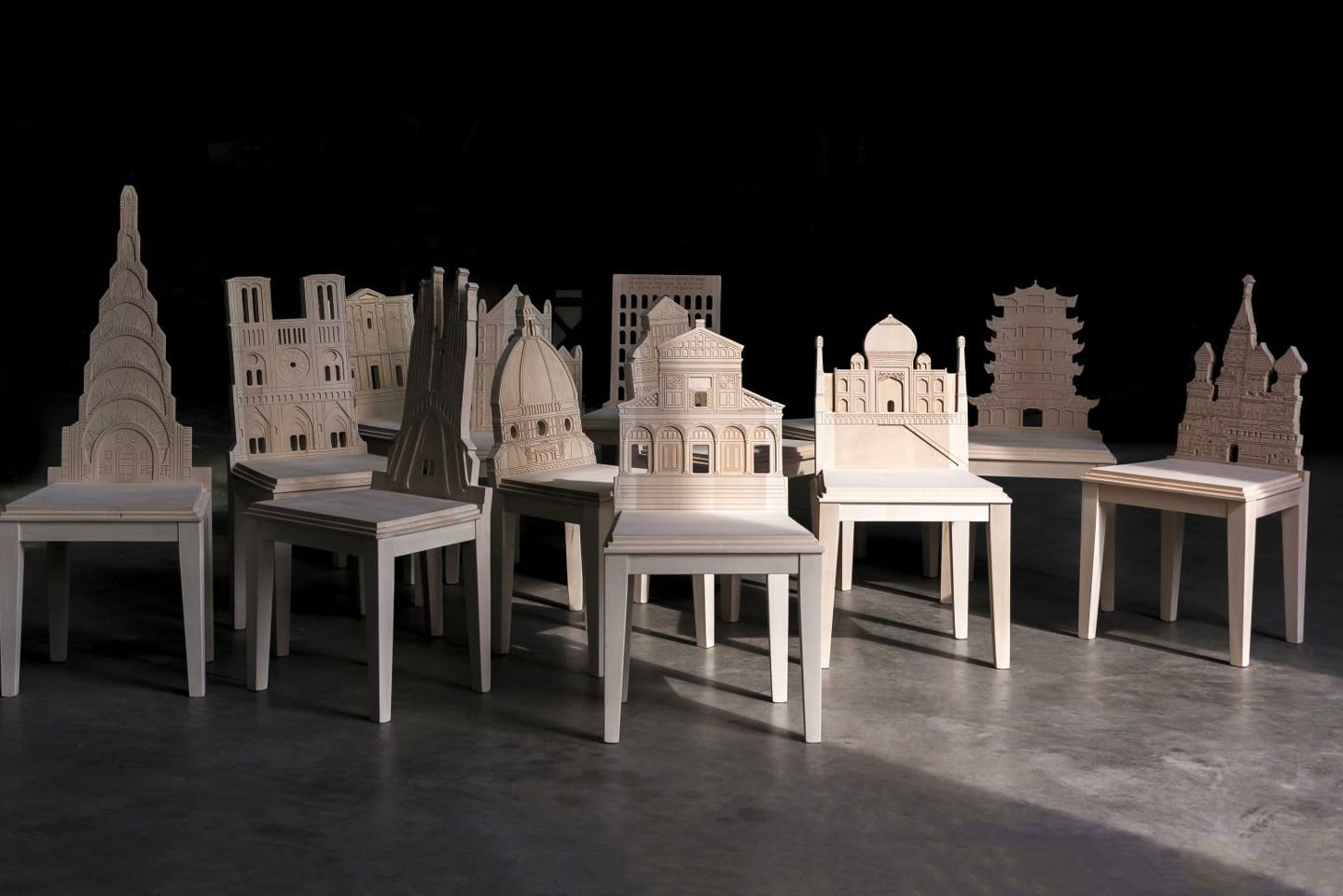
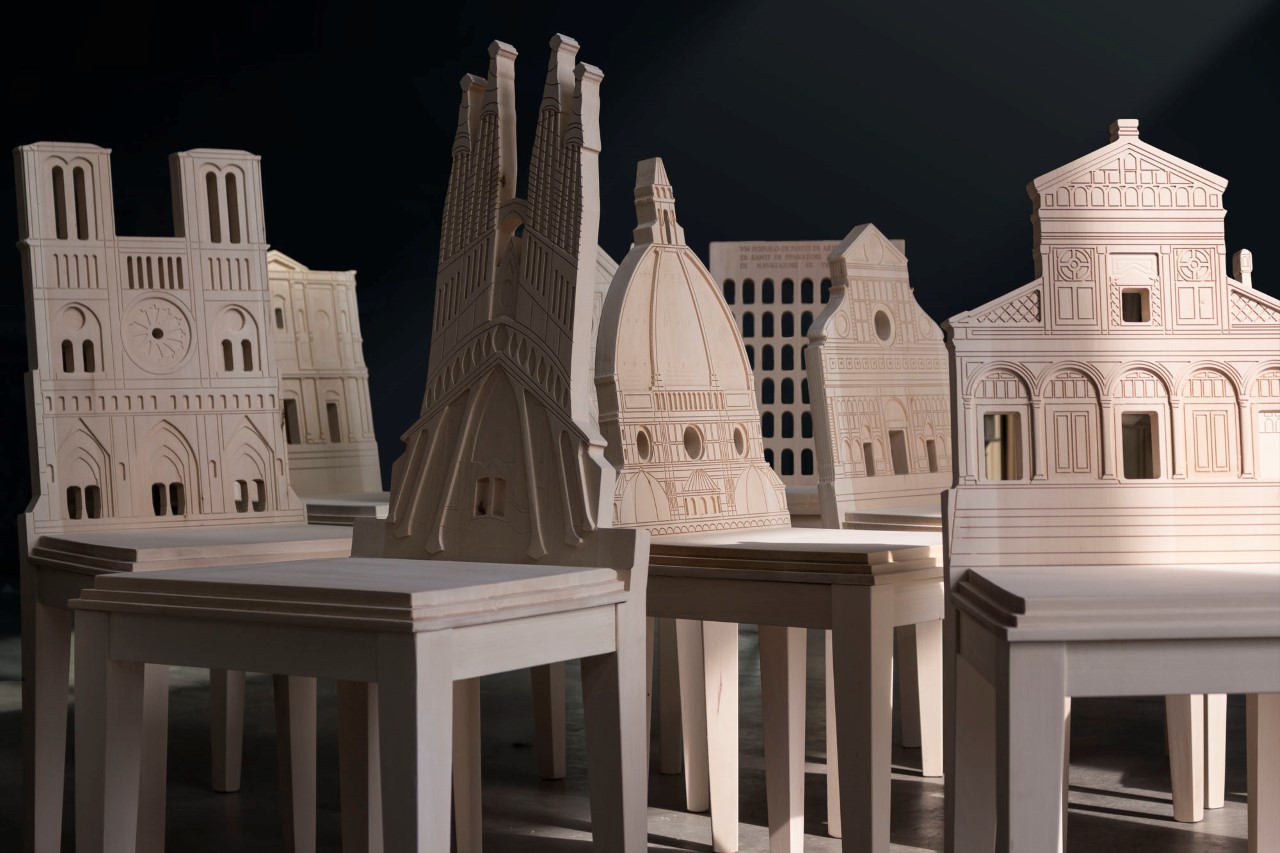
The chairs wonderfully do justice to their architectural inspirations with the way they’re made. The seats come with a stepped design, mimicking the steps leading to a building, while the backrest explores the monument’s architectural styles and details with meticulous engraving. The chair below, for instance, represents the Duomo di Milano, while you’ve got the Florence Cathedral right below that. Other iconic architectural marvels include the Notre Dame in Paris, the Taj Mahal in Agra, the Chrysler Building in New York, the Sagrada Familia in Barcelona, the Saint Basil’s Cathedral in Moscow, and the Yellow Crane Tower in Wuhan.
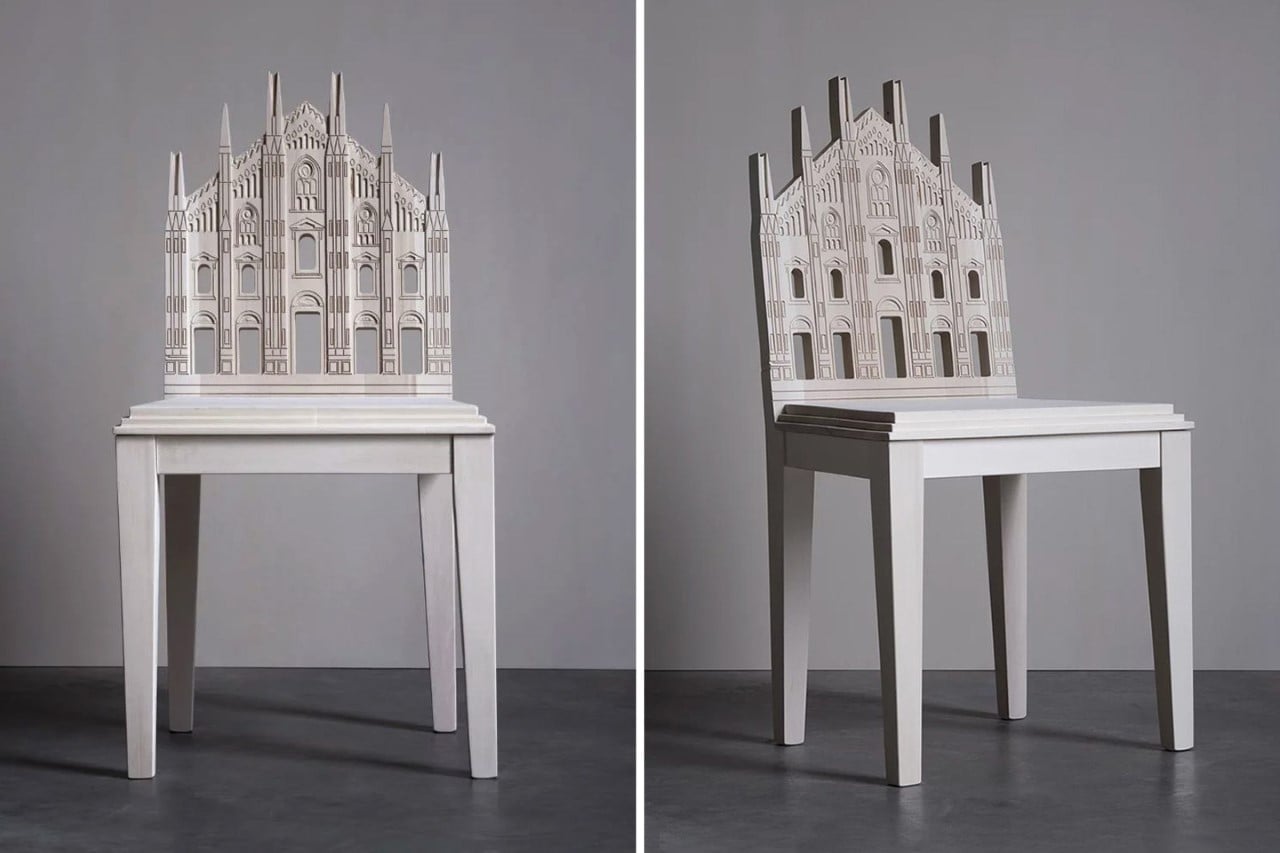
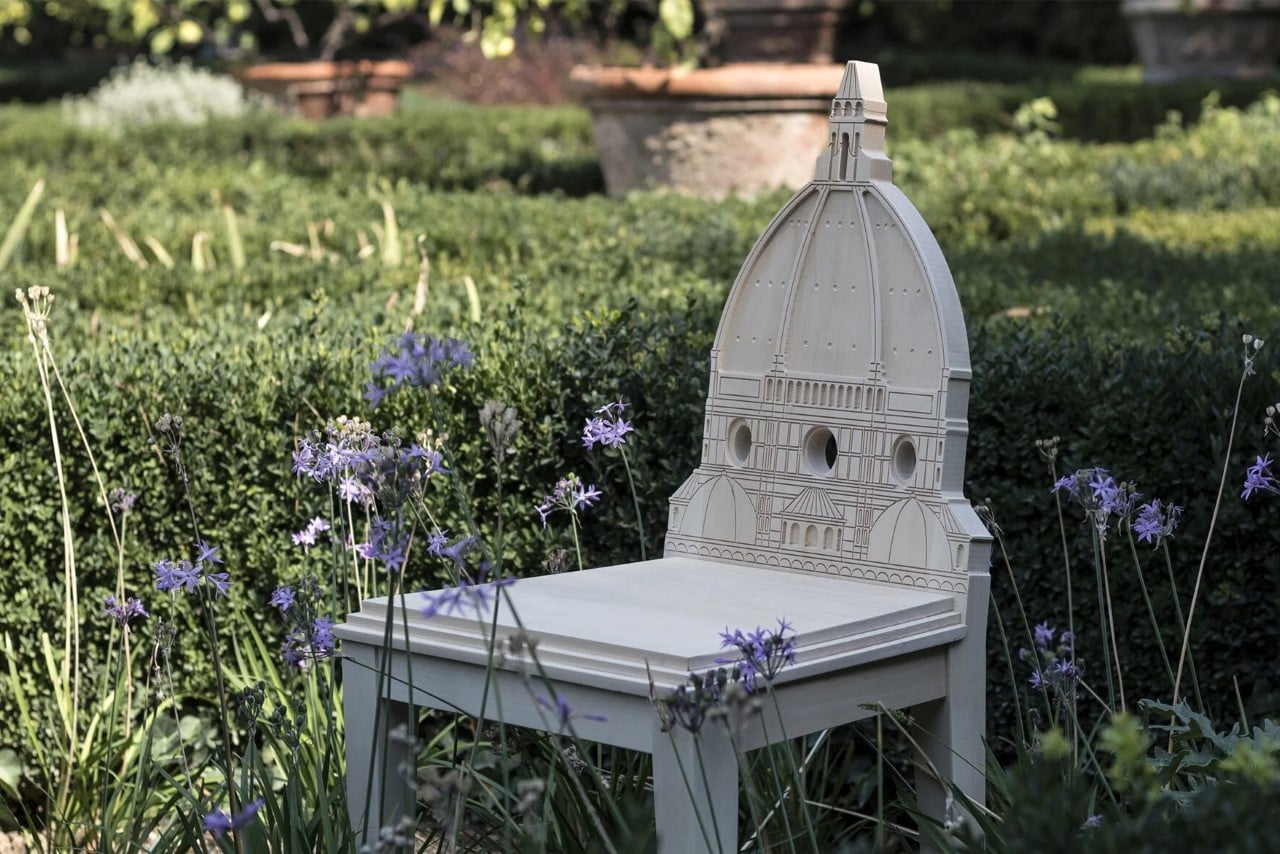
About the CITYNG series, designer Cosimo de Vita says “CITYNG is a journey between West and East, between tradition and modernity; the chairs are handcrafted in solid wood, but also decorated with a numerical control pantograph”. The chairs are crafted using a combination of techniques, including handiwork as well as CNC-machining. Florence-based company Savio Firmino, which partnered with Cosimo de Vita over the CITYNG series, will be displaying the entire collection of furniture at Supersalone during the Milan Design Week 2021.
![]()
![]()
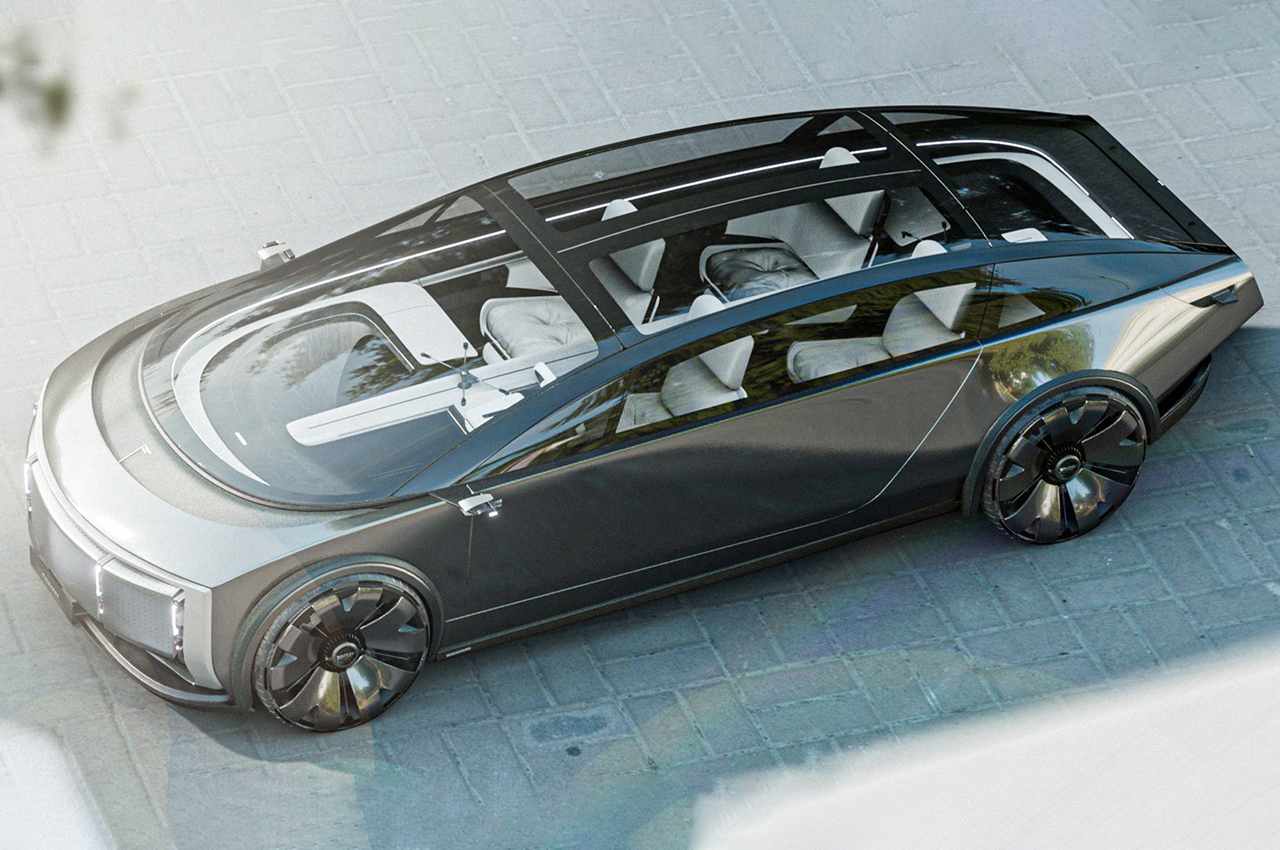
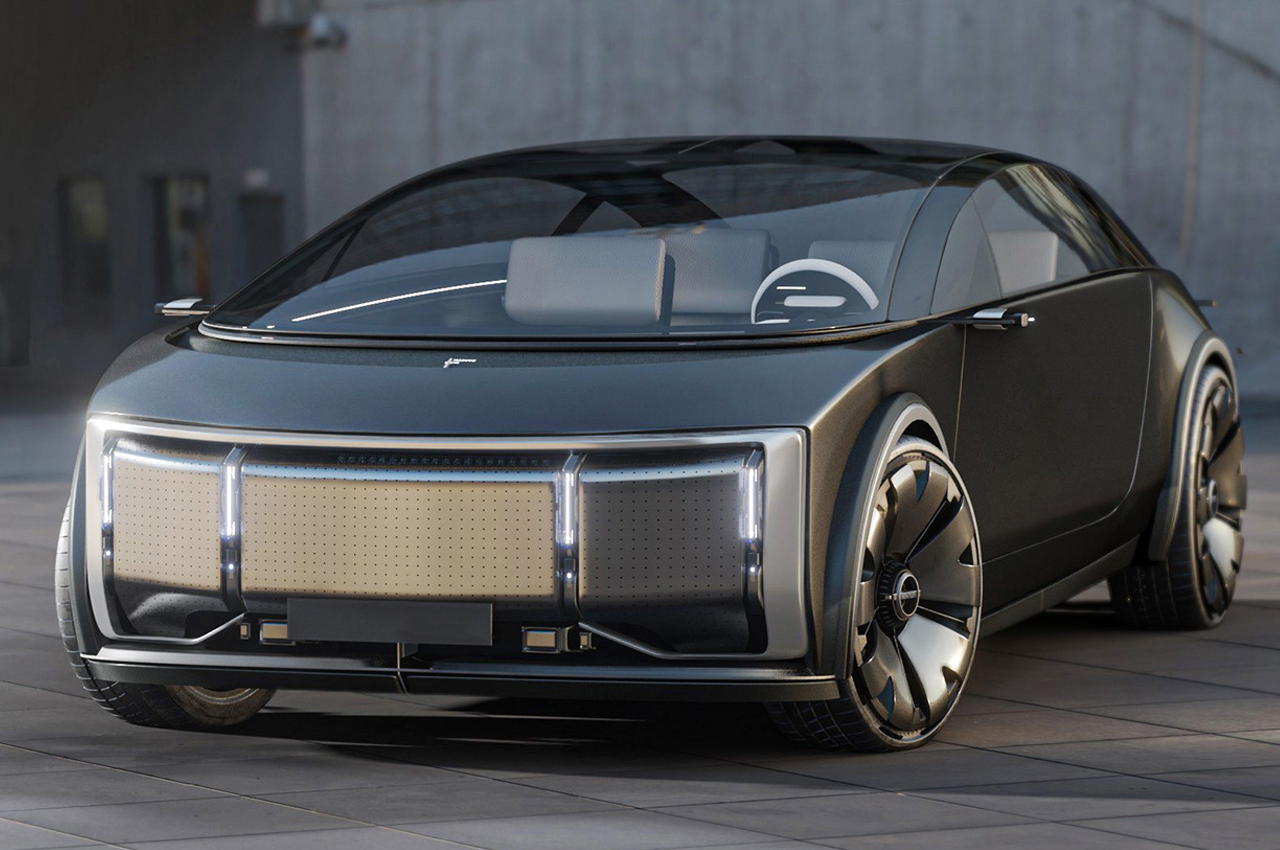
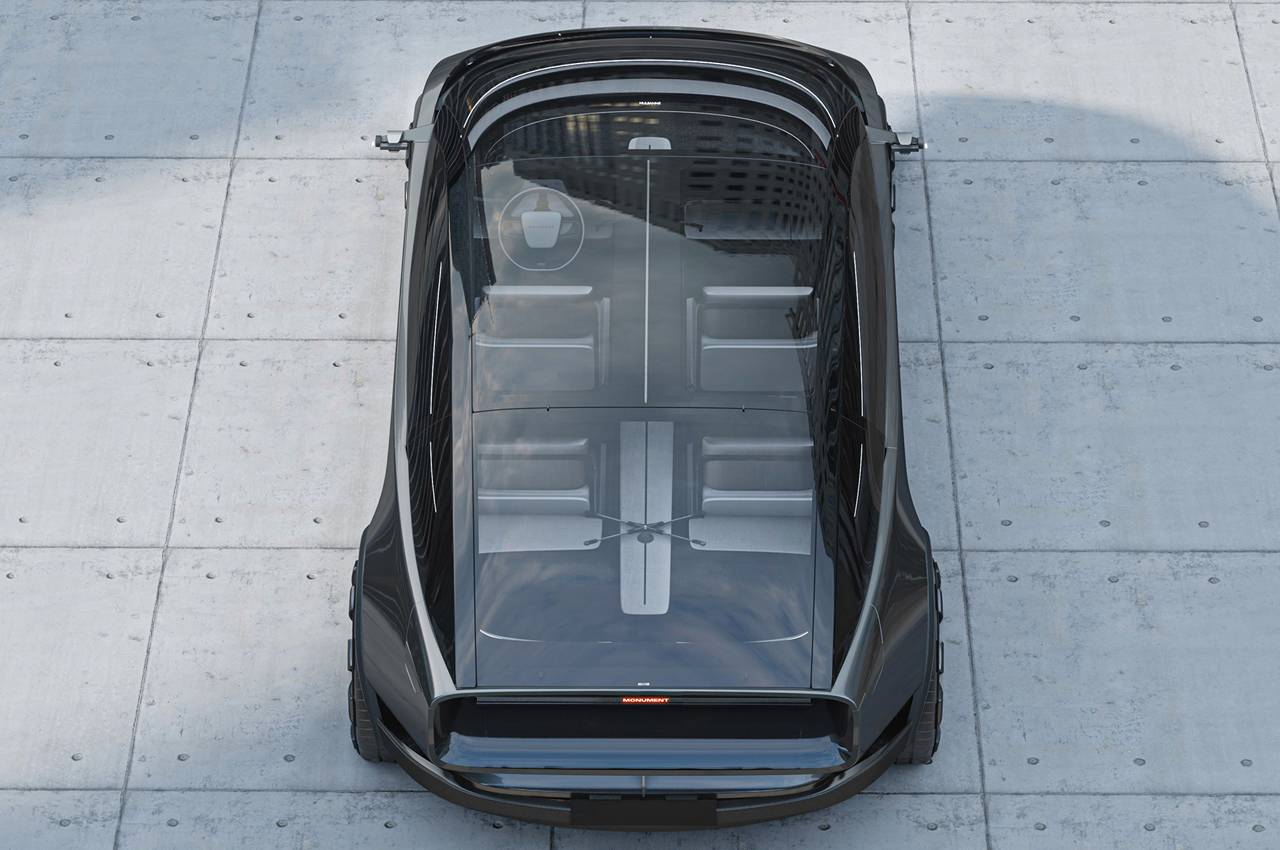
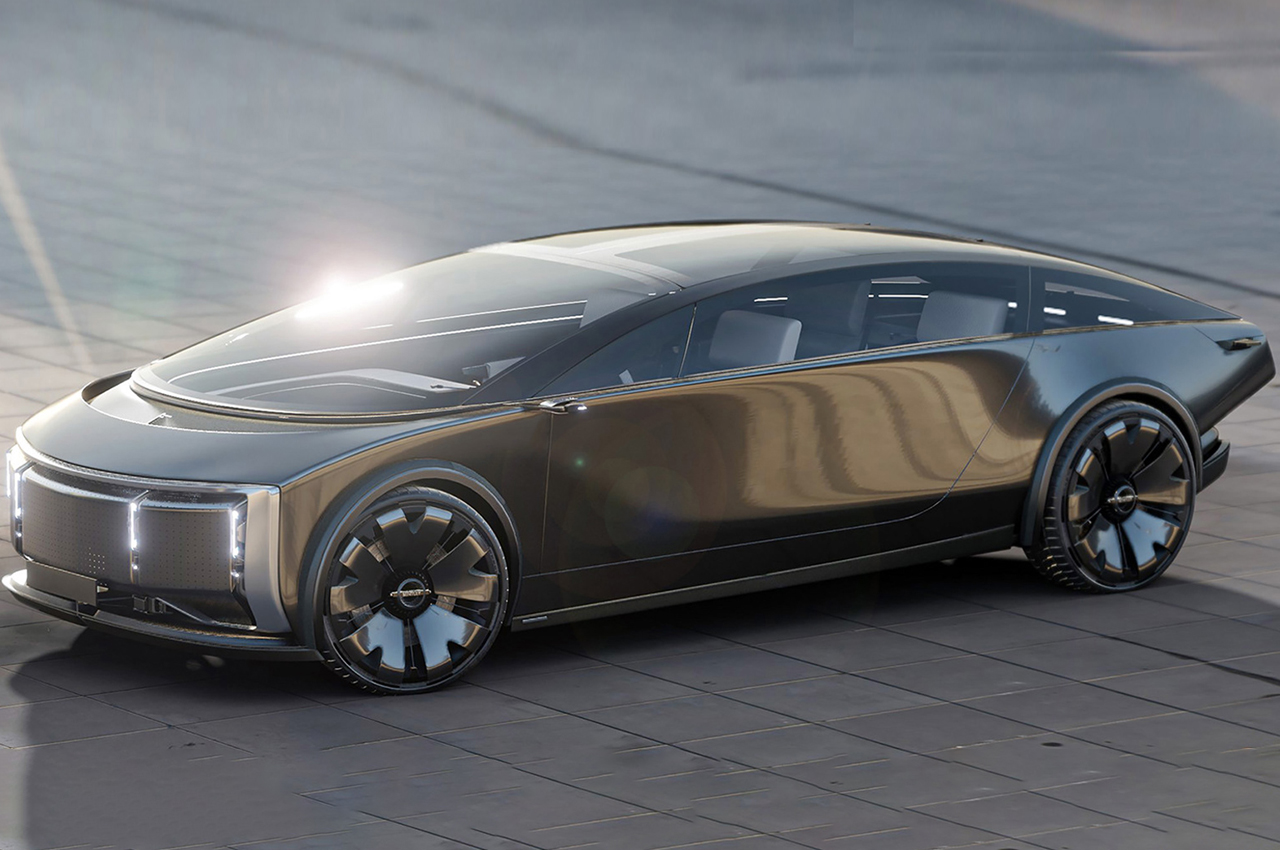
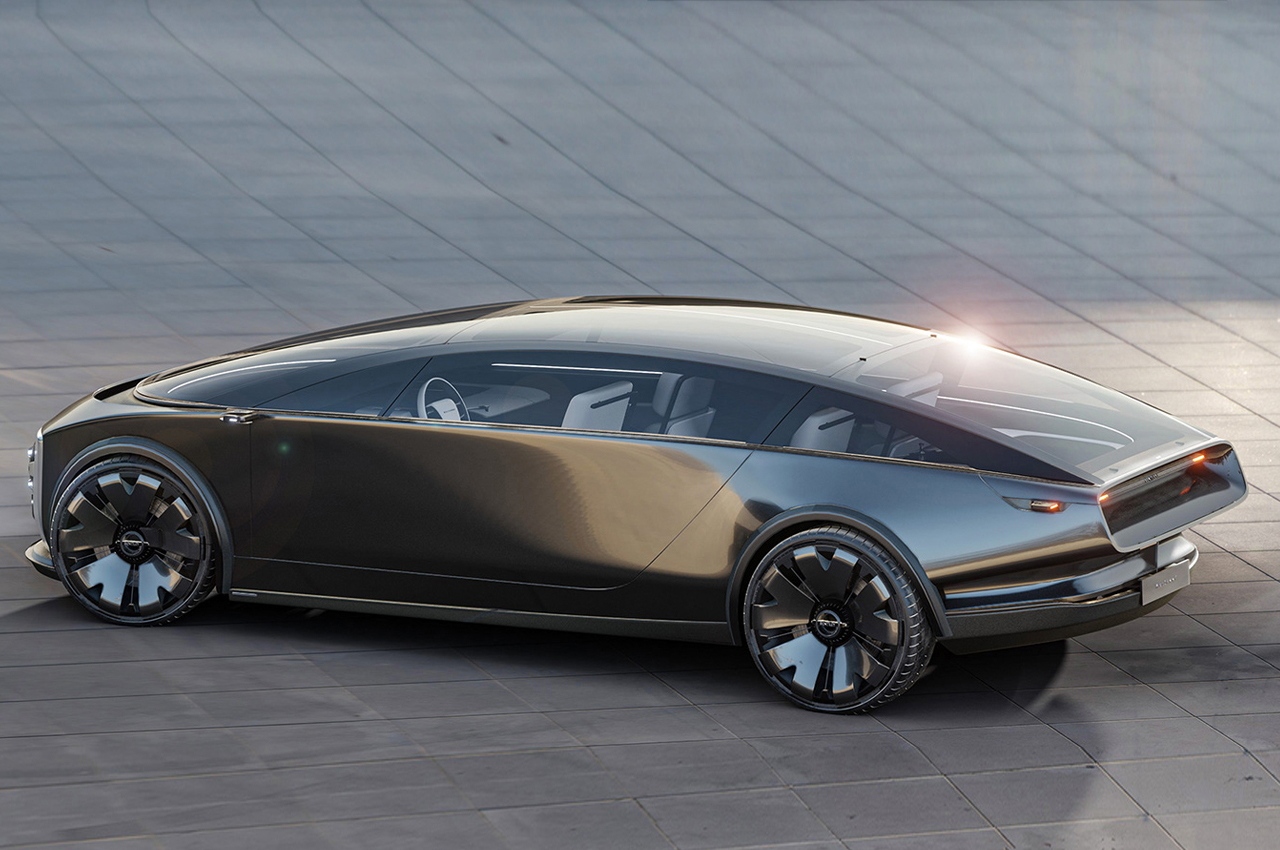
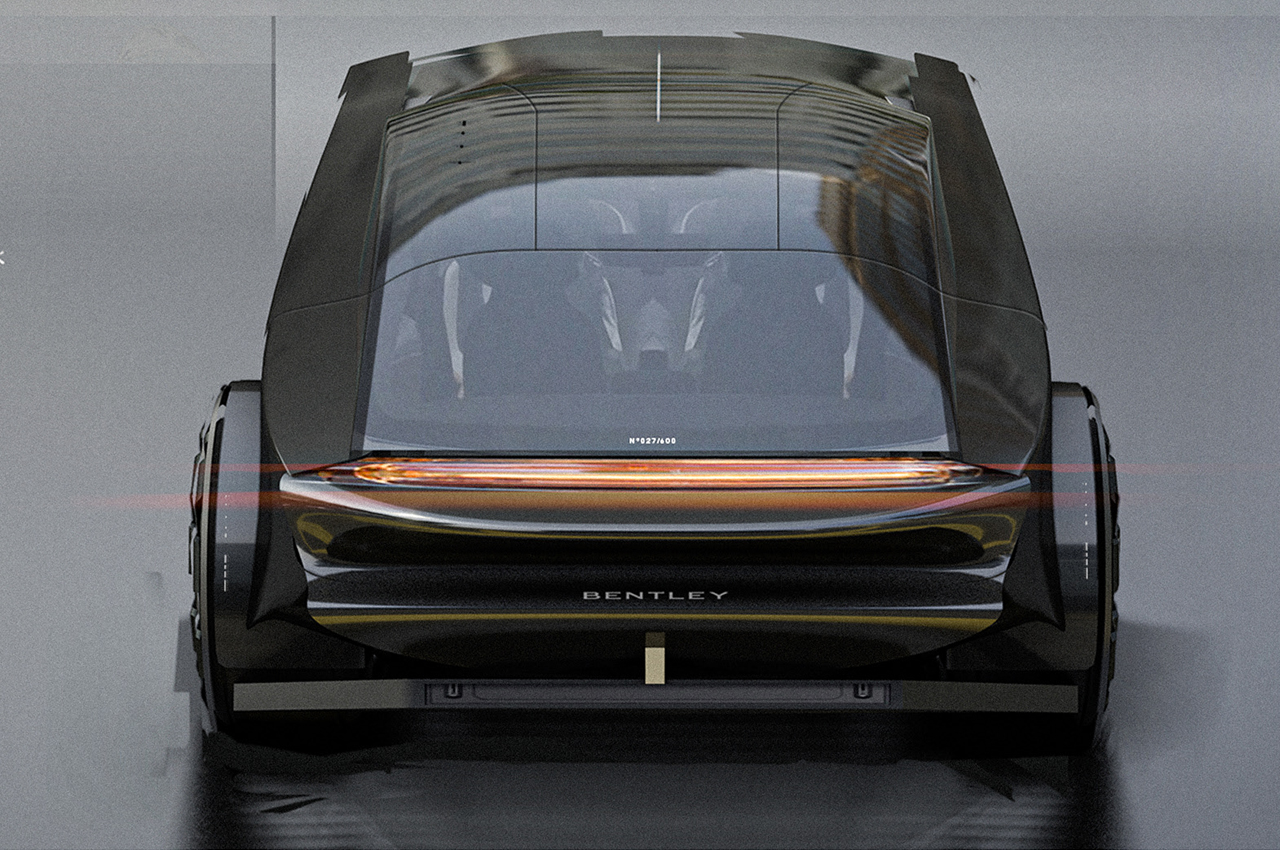
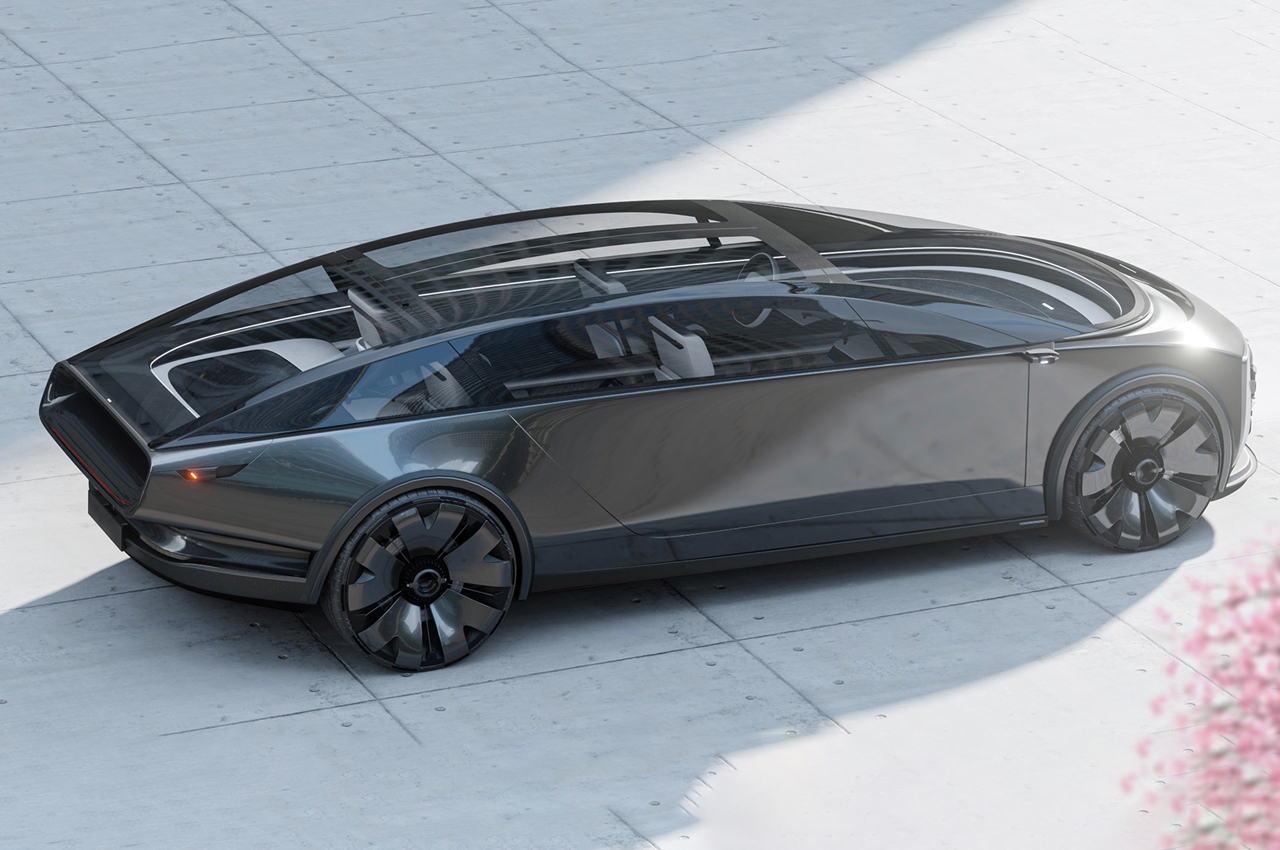
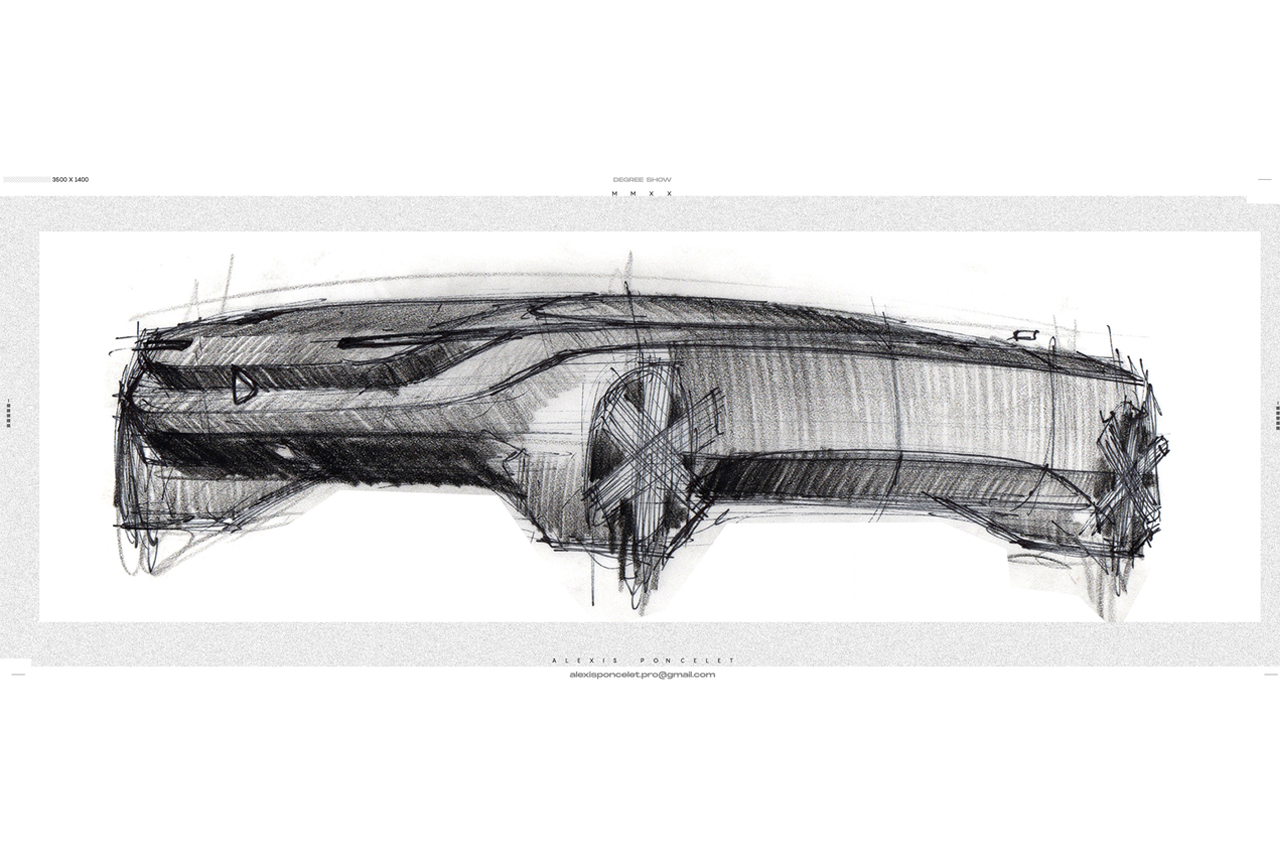
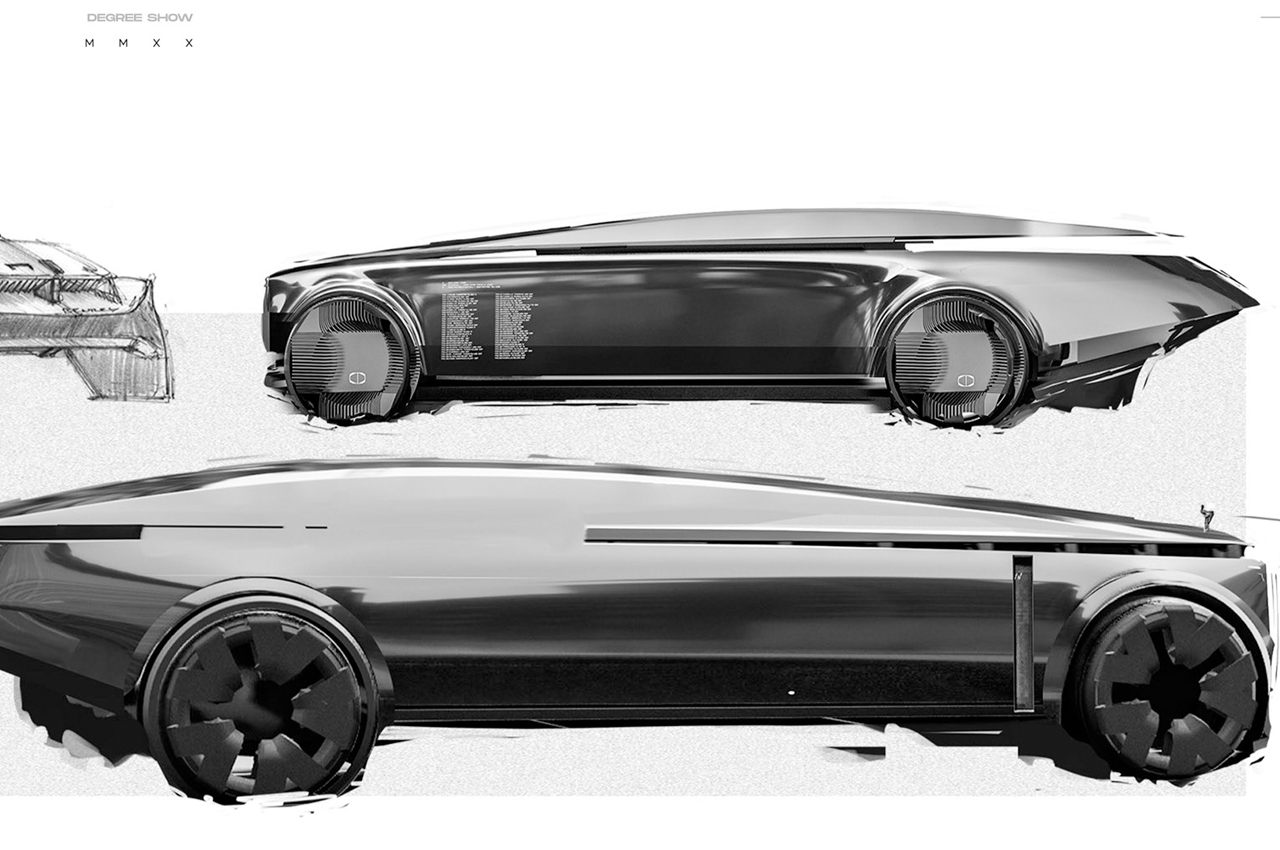
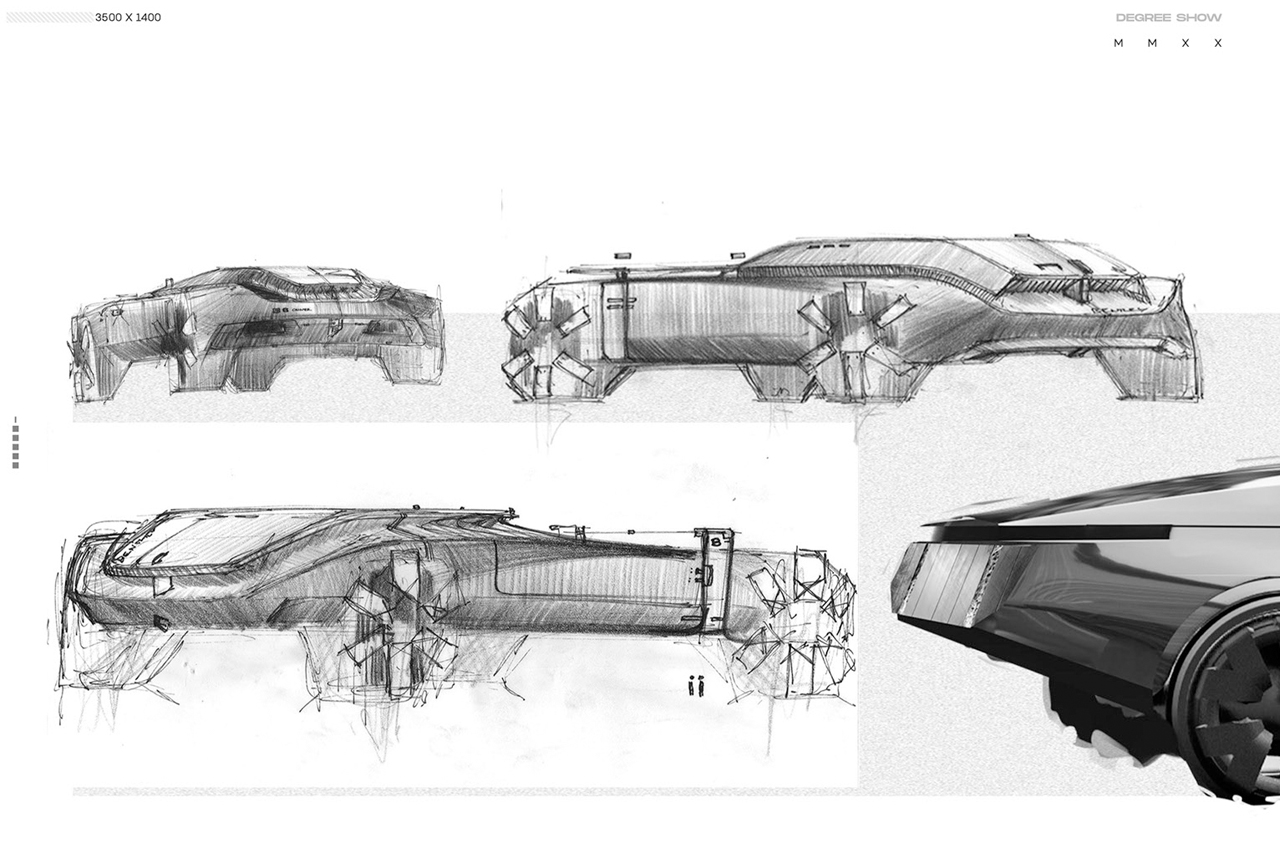
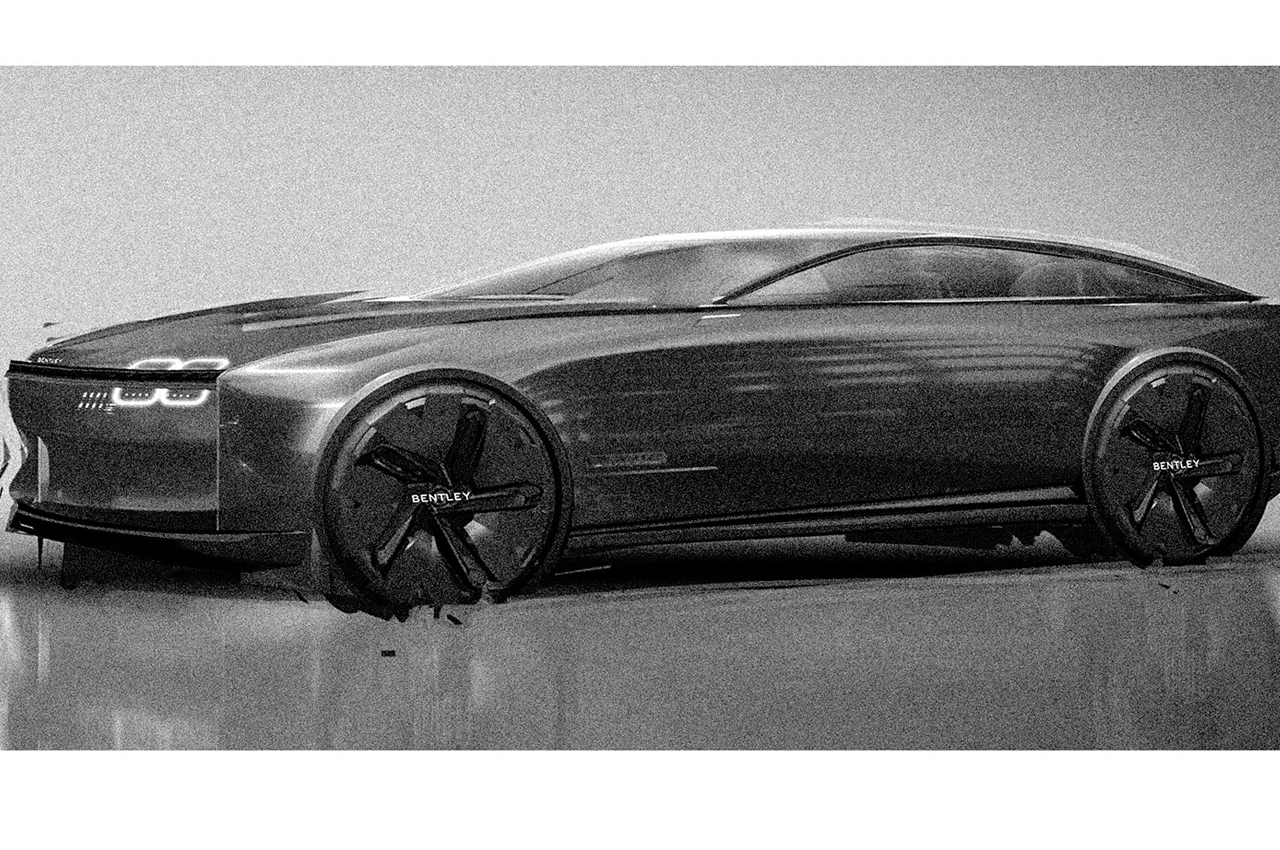
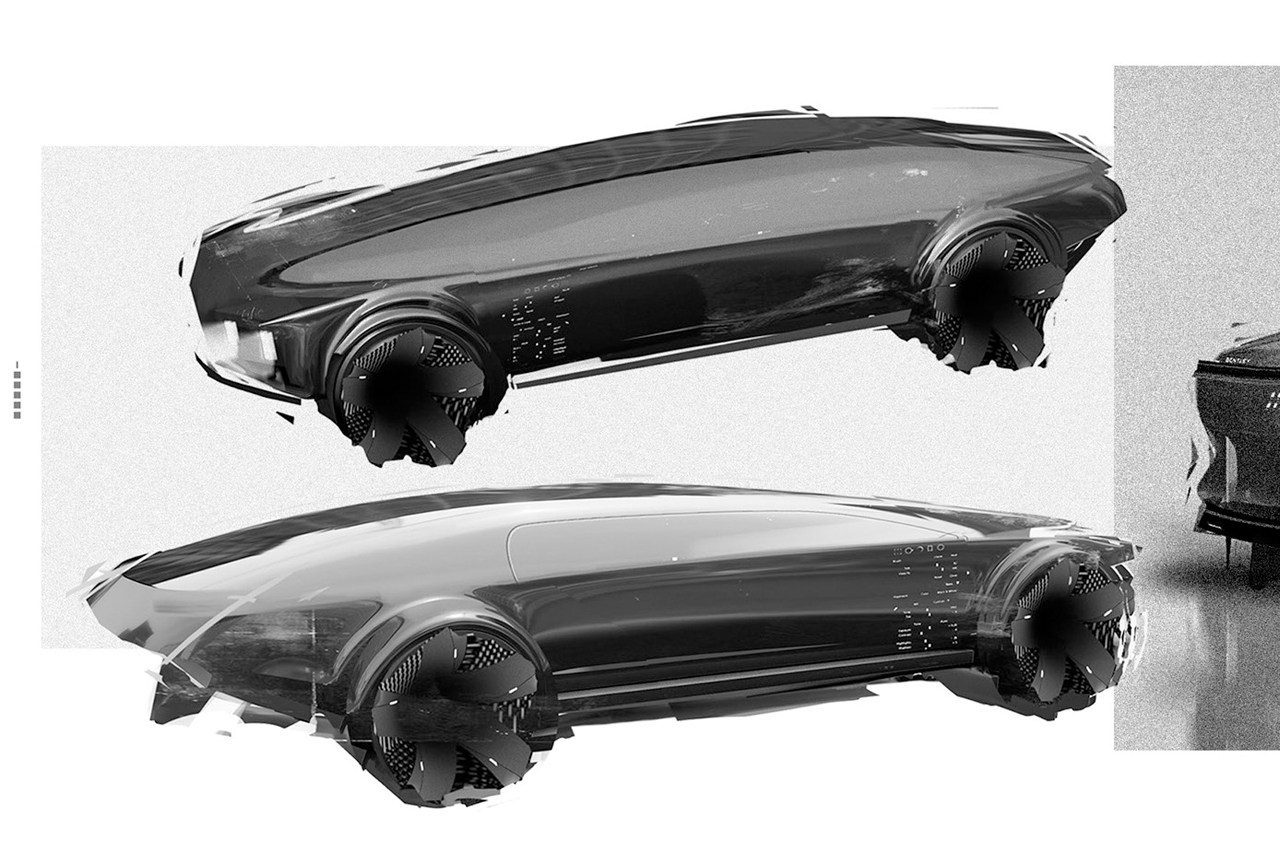
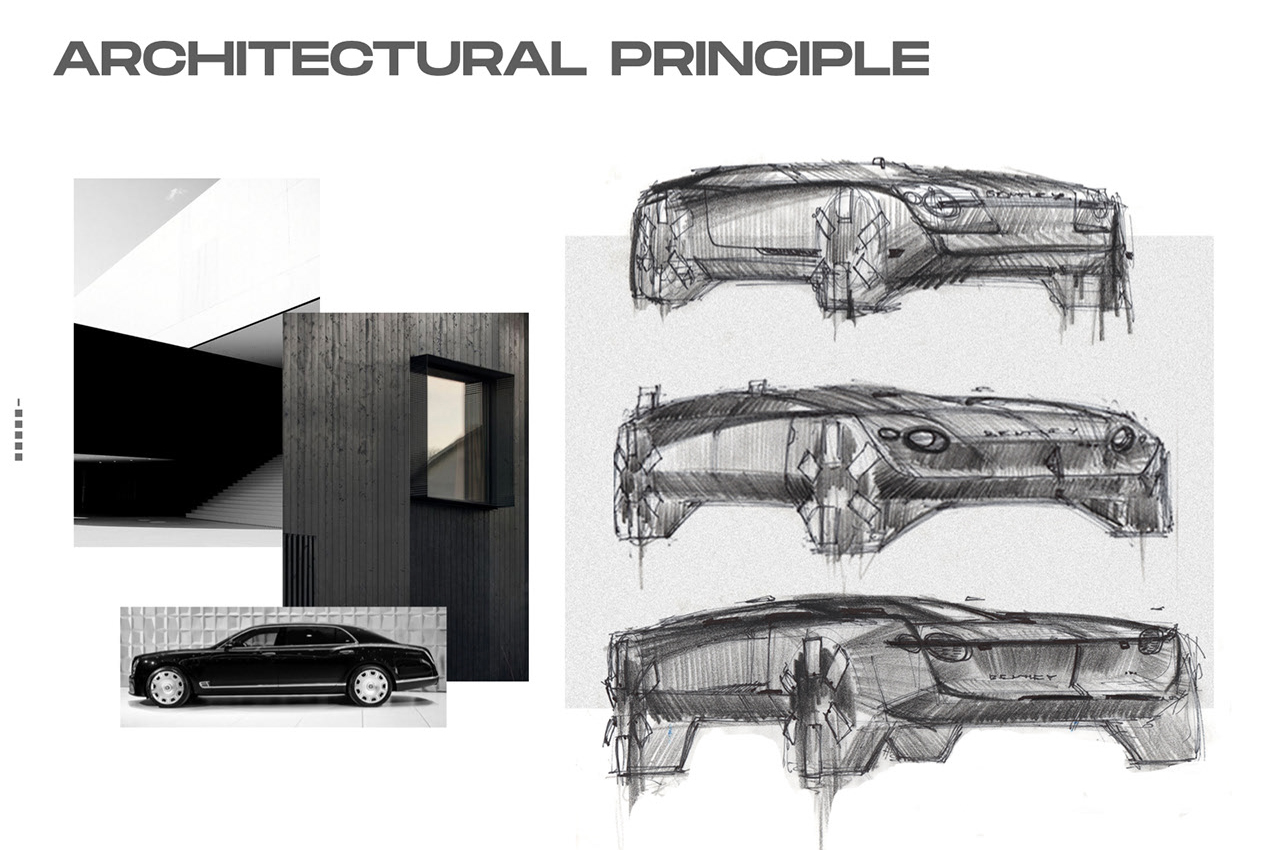
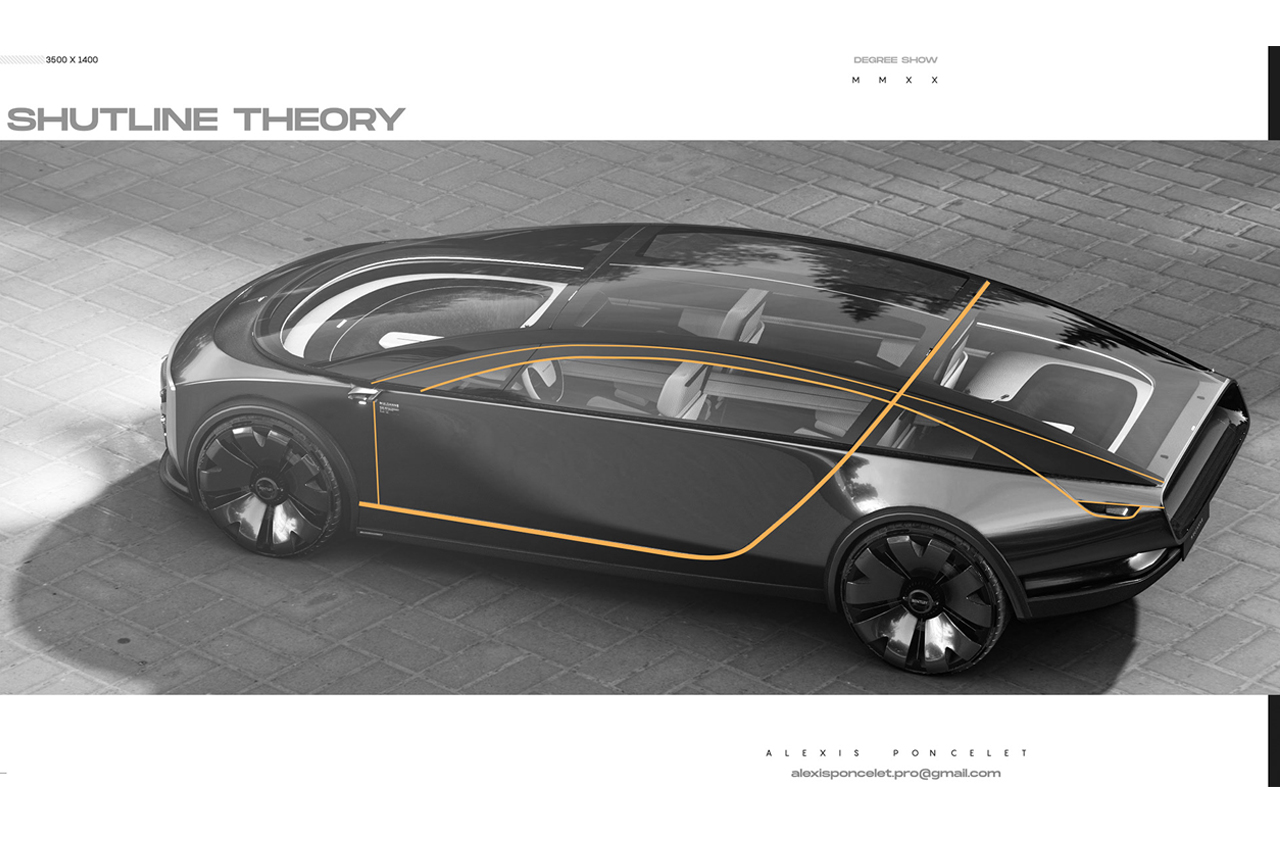
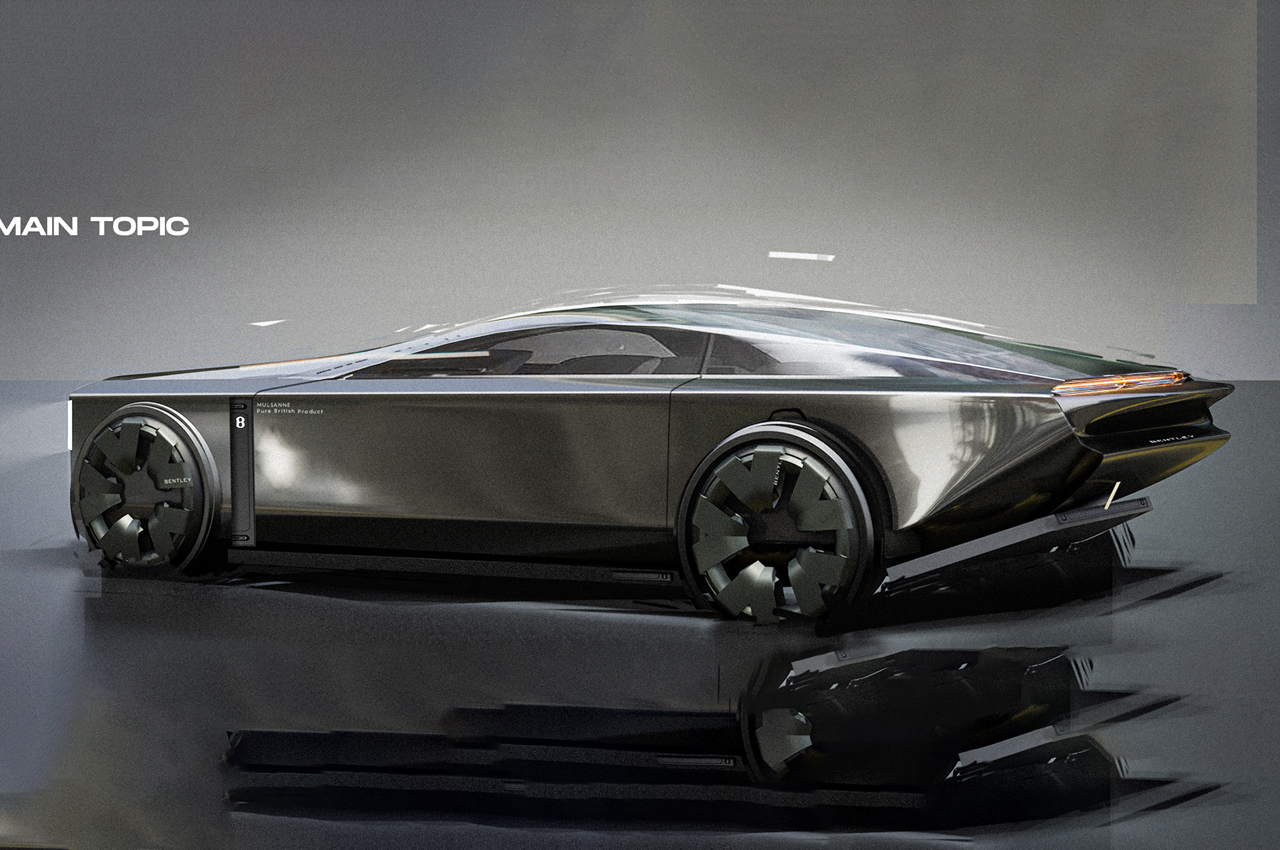
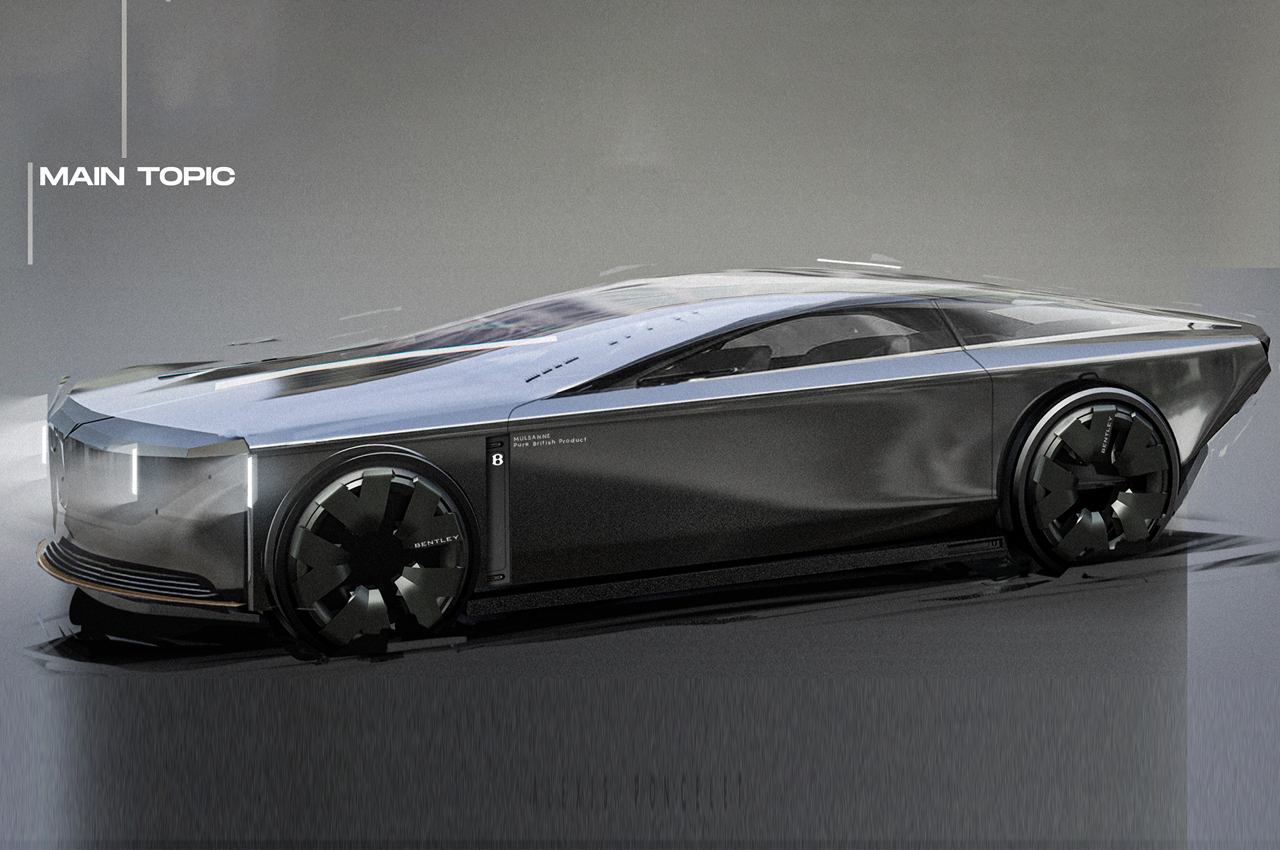
 Historic monuments around the world face threats from natural disasters, tourism and war, which is what led Ben Kacyra to found CyArk -- a non-profit organization working to scan and digitally archive ancient monuments. With laser scanning, photogram...
Historic monuments around the world face threats from natural disasters, tourism and war, which is what led Ben Kacyra to found CyArk -- a non-profit organization working to scan and digitally archive ancient monuments. With laser scanning, photogram...
 PSY's "Gangnam Style" is so recognizable, the second it starts to play people know what to do. To commemorate the the track that broke YouTube's view counter, the Gangnam District Office announced that it will be erecting a statue in PSY's honor be...
PSY's "Gangnam Style" is so recognizable, the second it starts to play people know what to do. To commemorate the the track that broke YouTube's view counter, the Gangnam District Office announced that it will be erecting a statue in PSY's honor be...
